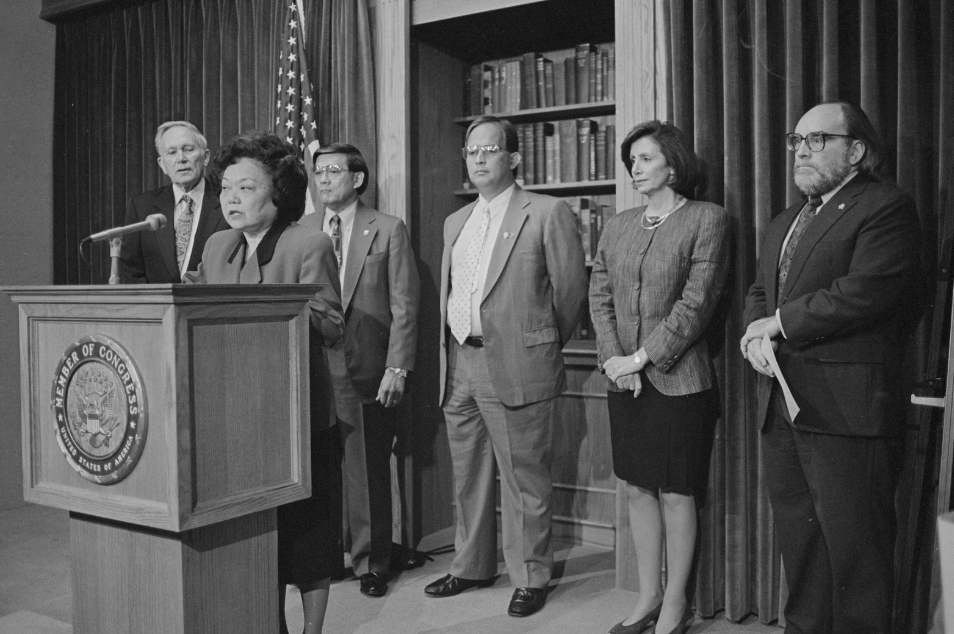Legal Setback for Biden’s Student Loan Forgiveness Plan
On February 11, 2024, a federal judge in Texas dealt a significant blow to the Biden administration’s efforts to alleviate the burden of student loan debt. Declaring the revised student loan forgiveness plan unconstitutional, Judge Andrew Sullivan’s ruling has raised questions about the future of debt relief for millions of American borrowers. This ruling not only disrupts the financial relief that many had anticipated but also sets the stage for a complex and lengthy legal battle.
Background of the Student Loan Crisis
The issue of student loan debt in the United States has reached a critical level in recent years, with over 40 million borrowers carrying a total debt surpassing $1.7 trillion. In an effort to address this growing crisis, President Joe Biden unveiled a revised student loan forgiveness plan in 2023, following the Supreme Court’s rejection of his initial attempt. The new initiative aimed to provide relief to borrowers earning less than $125,000 per year by canceling up to $10,000 in federal student loans, with Pell Grant recipients eligible for up to $20,000 in debt cancellation.
This revised plan was structured under the provisions of the Higher Education Act to sidestep the legal hurdles that had previously derailed the original proposal. Nevertheless, it faced immediate pushback from conservative groups and several Republican-led states, who launched lawsuits contending that the Biden administration lacked the authority to implement such widespread debt cancellation without explicit authorization from Congress.
The Court’s Decision
Judge Andrew Sullivan, appointed by former President Donald Trump, ruled against the proposed plan on the grounds that it exceeded executive authority and breached the principle of separation of powers. In his opinion, Sullivan emphasized that the Constitution does not confer upon the executive branch the power to unilaterally change fiscal policies that will have a profound impact on federal taxpayer obligations, which he estimated to amount to trillions of dollars. This legal interpretation effectively underscored the necessity for legislative approval when enacting policies that bear such significant fiscal implications.
In response to the ruling, the Department of Education announced its intention to appeal, asserting that the plan was entirely valid under the jurisdiction granted by the Higher Education Act. This move reflects the administration’s commitment to pursuing all available legal avenues to achieve student loan relief.
Implications of the Ruling
The ramifications of the court’s decision extend far beyond the confines of the legal arena. For the over 40 million Americans affected, the hope for immediate debt relief is now shrouded in uncertainty. The prolonged legal battle could continue to weigh heavily on borrowers, many of whom had counted on relief to alleviate their financial burdens as they prepared for the resumption of student loan payments following the end of the pandemic pause.
From an economic perspective, the ruling may hinder consumer spending power and financial stability. The uncertainty surrounding student loan forgiveness could cause many borrowers to delay major purchases, effectively stalling economic growth. Additionally, the ruling raises questions regarding the scope of executive authority in addressing significant policy issues, a discussion that has garnered much attention in recent years.
Reactions to the Ruling
The ruling elicited mixed reactions across the political spectrum. Republican leaders heralded the decision as a crucial check against executive excess. Texas Governor Greg Abbott characterized it as a victory for taxpayers, framing it as a reinforcement of the rule of law. Conversely, student loan advocacy organizations expressed their dismay and outrage at the ruling, emphasizing the adverse effects it has on millions of American borrowers. The president of the Student Debt Crisis Center highlighted the ruling’s disregard for the substantial financial challenges many individuals face.
President Biden himself described the ruling as “deeply disappointing,” reaffirming his administration’s commitment to securing financial relief for borrowers. He expressed resolve, stating, “This is not the end—we will pursue every legal option to deliver relief,” signaling that the fight for student loan forgiveness continues.
What Lies Ahead?
As the case moves forward, it is expected to escalate to the Fifth Circuit Court of Appeals, a court known for its conservative leanings. Legal experts speculate that this case could ultimately be presented before the Supreme Court, resulting in yet another pivotal ruling on executive authority regarding significant national policy. Meanwhile, with student loan payments resuming, the legal uncertainty of the forgiveness plan further complicates the landscape for borrowers and places the issue squarely in the spotlight during the upcoming 2024 electoral cycle.
Conclusion
The recent court ruling against President Biden’s revised student loan forgiveness plan has profound implications for millions of borrowers and the broader economic landscape. As the Biden administration pursues an appeal and prepares for a protracted legal battle, the stakes remain high not only for those burdened by student debt but also for the future interplay between presidential powers and legislative responsibilities. The ongoing discussions and upcoming rulings on this matter may redefine the boundaries of executive authority in addressing large-scale policy issues in the United States.
FAQs
What was the original student loan forgiveness plan proposed by President Biden?
The original plan proposed by President Biden aimed to cancel up to $20,000 in federal student loan debt for Pell Grant recipients and up to $10,000 for other borrowers earning less than $125,000 per year. It was struck down by the Supreme Court in 2023.
What are the main arguments against the student loan forgiveness plan?
Critics argue that the Biden administration lacks the authority to implement such widespread debt cancellation without explicit approval from Congress, framing it as overreach of executive power.
What are the potential consequences of the Texas ruling on student loan borrowers?
The ruling leaves millions of borrowers in uncertainty regarding their financial relief options and may have adverse effects on their economic stability and consumer spending.
What steps is the Biden administration taking in response to the ruling?
The Department of Education has announced its plan to appeal the ruling, asserting that the student loan forgiveness plan is legally valid under the Higher Education Act.
How does this issue relate to the upcoming elections?
The uncertainty surrounding student loan forgiveness is likely to remain a key topic in the 2024 election cycle, influencing voter sentiment and the discussion on executive authority in policymaking.

